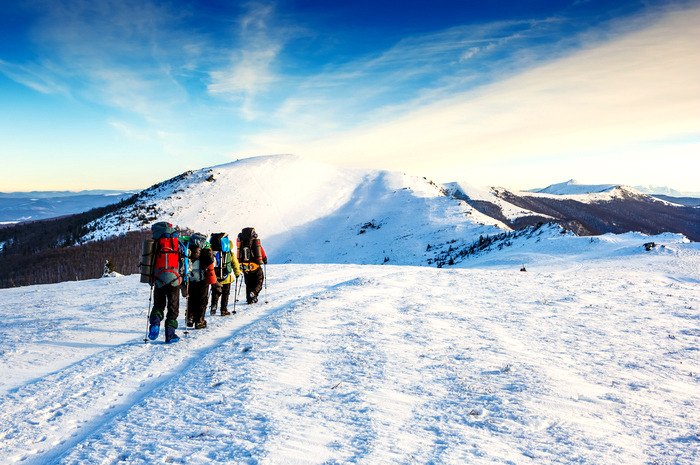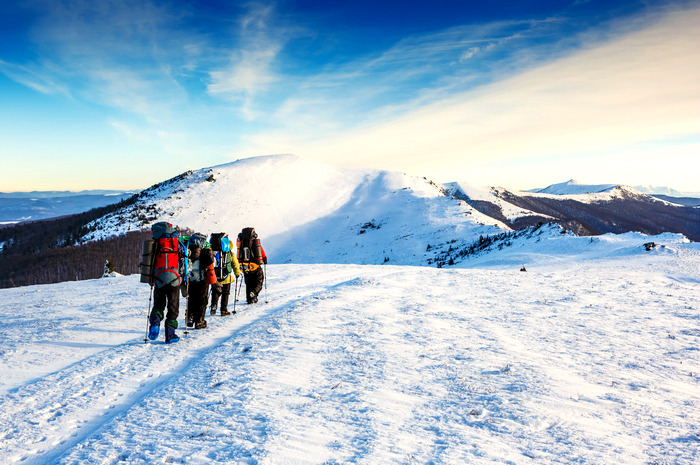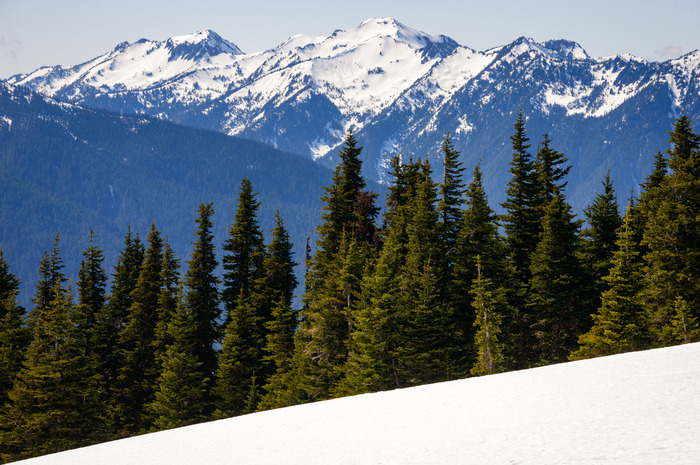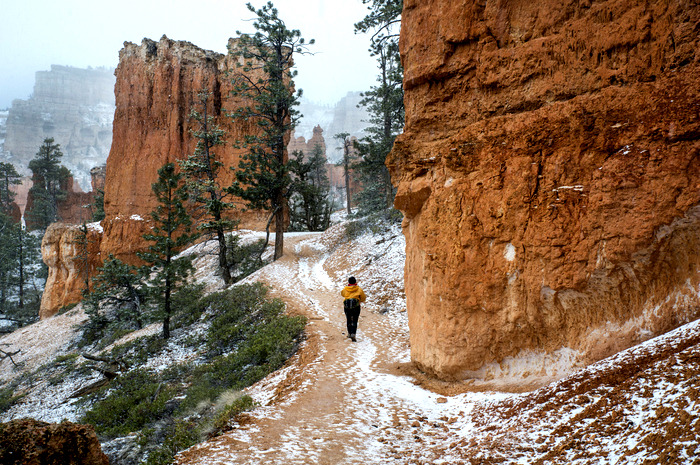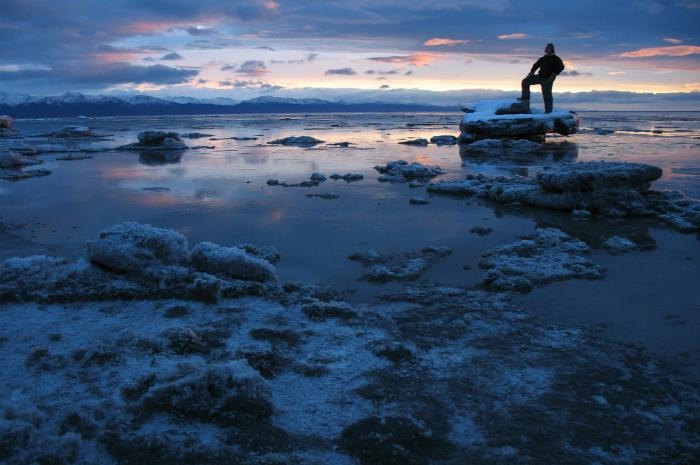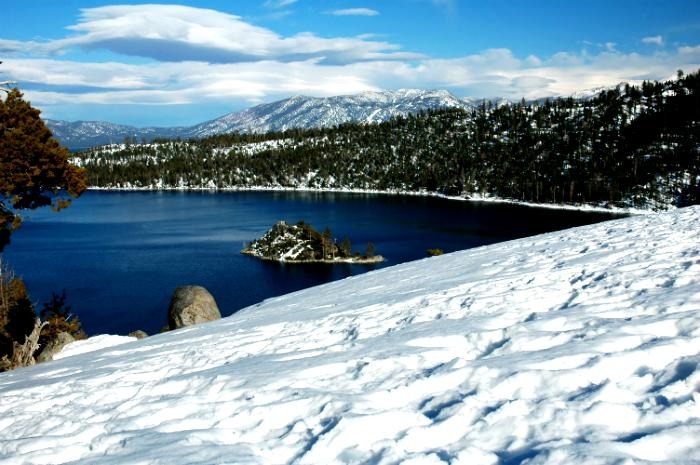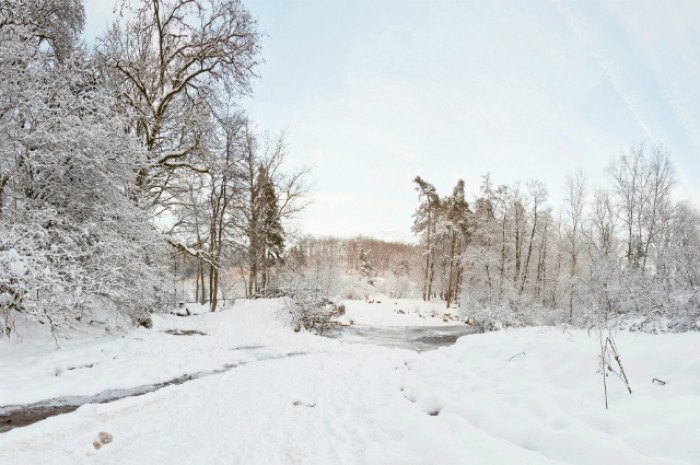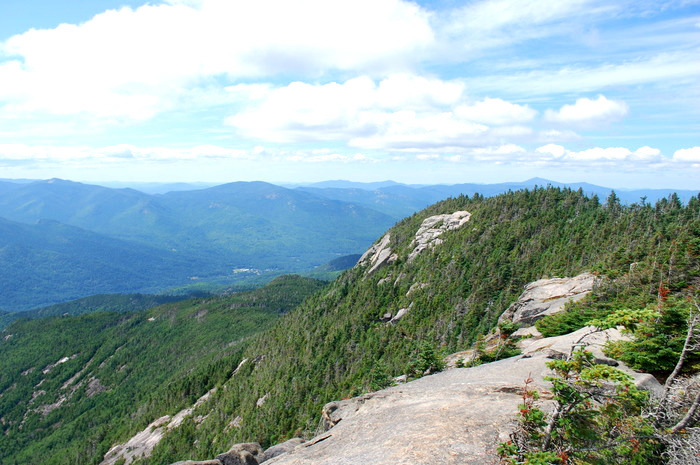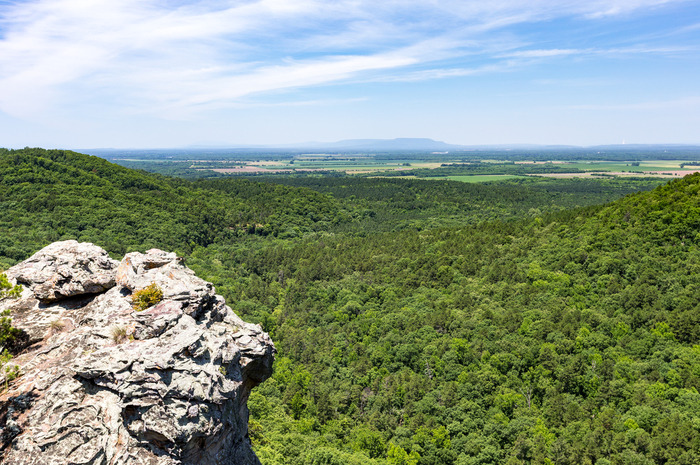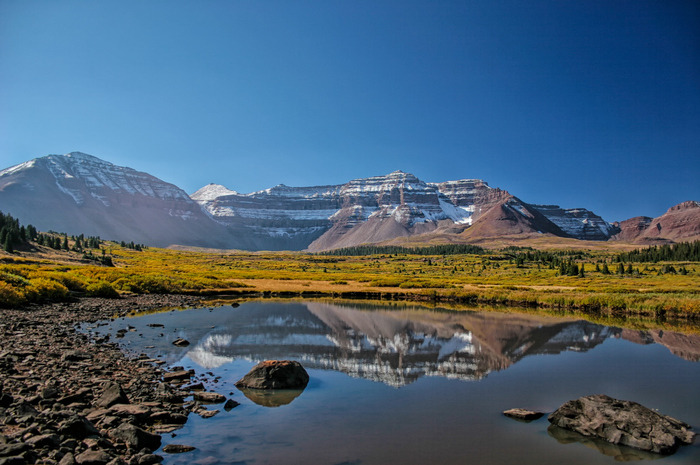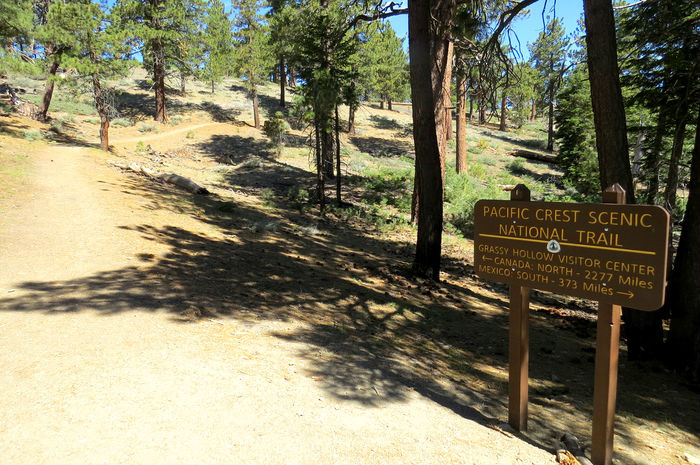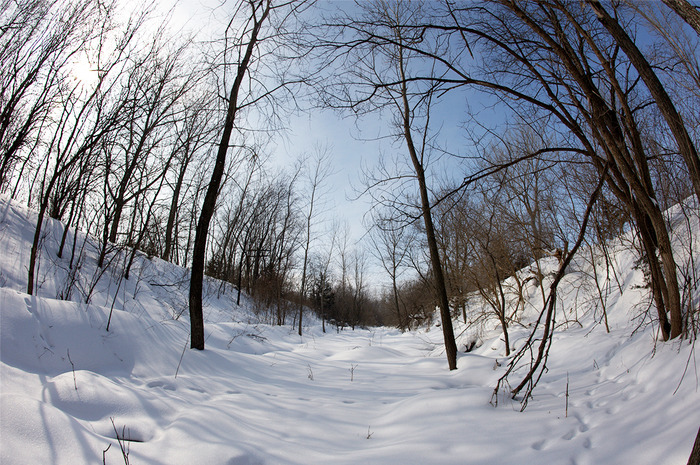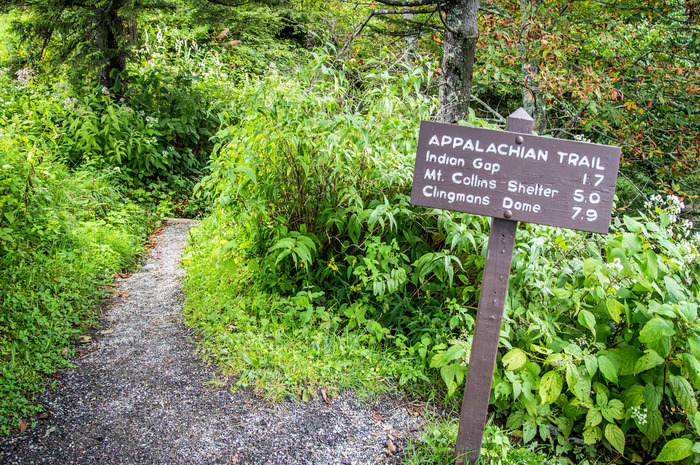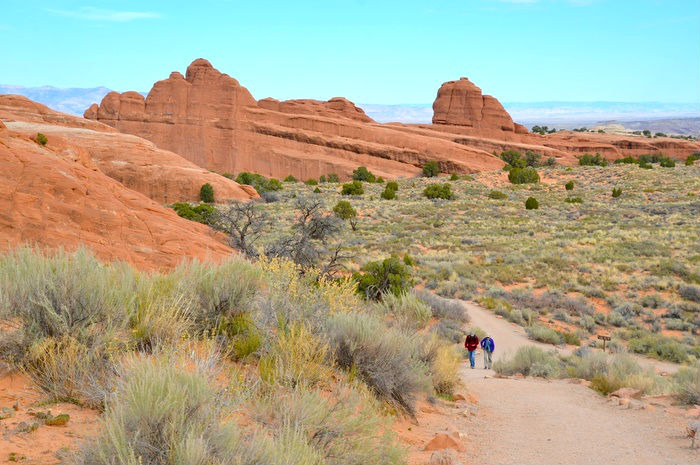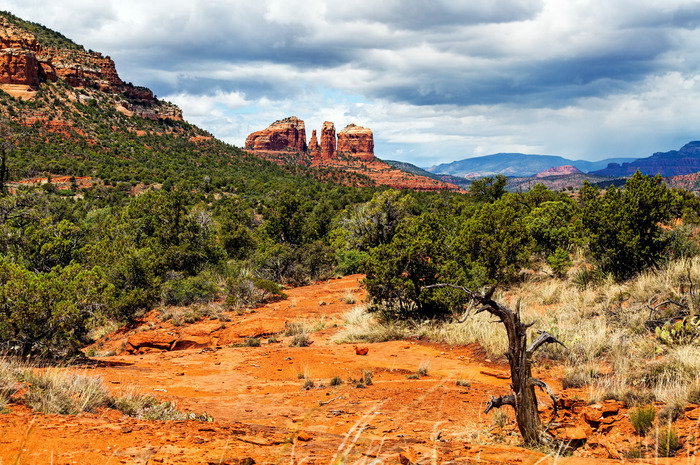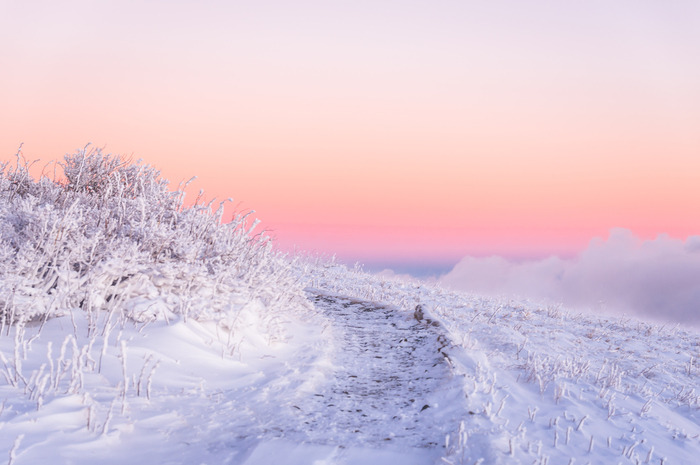The Most Picturesque Winter Hikes In The U.S.
The Most Picturesque Winter Hikes in the U.S.
A winter adventure is not all about difficult dangerous ice climbs, swimming or surfing in icy waters, or even skiing in the Rocky Mountains. Add an easy or challenging hike to the list of fun activities you can enjoy. Snowed trails, icicles and cooler temperatures don't necessarily translate into challenging conditions to explore a mountain or a national park. Make a winter hike your new adventure hobby this year.
Mount Ellinor Trail – Olympic National Forest, Washington
Mount Ellinor is the southern-most prominence on the eastern front of the Olympics, according to Washington Trails Association. The lower trailhead at 2,600 feet welcomes you to the ascent with an easy grade at the outset. The route from the upper trailhead at 3,500 feet starts out with a nearly immediate upward jolt. You'll see a well-signed junction with the winter route. It goes straight up the steep chute that fills with snow. You're going to love glissading back down the ravine.
Fairyland Loop – Bryce Canyon National Park, Utah
The Fairyland Loop is absolutely gorgeous, especially in the winter. Fairyland Point is where you will begin your hike on the Fairyland Loop Trail, which is quite strenuous. Bring your camera to capture the amazing views. Pass through gardens of spires and sculptures, and hike along the rim of the canyon. The hike takes about 3 ½ hours to complete.
Kincaid Beach Trail—Anchorage, Alaska
This secret beach in Anchorage is most popular in the spring, which is another reason to go in the winter – fewer people. You can see the beautiful Mount McKinley and the Alaska Range covered in snow. Getting to the beach involves hiking a mile-long trail through some bumpy terrains, but that sounds more challenging than it actually is. After you reach the beach, head onto the Tony Knowles Coastal Trail and after 11 miles you'll be in downtown Anchorage.
Brockway Summit Tahoe Rim Trail – North Lake Tahoe, California
Take the Tahoe Rim Trail just off Highway 267 near Truckee. You can see the whole lake from there and you don't even have to try hard. The climb is just about 800 feet. The most difficult part may require snowshoes but that's it. The entire trip should take about an hour, two at most. Get up there and enjoy the startling view of the Pacific Crest. If you insist on less climbing, go to Tahoe Meadows off of Highway 431 on the Nevada side.
Grafton Loop Trail – Maine
The Grafton Loop Trail provides 39 miles of spectacular hiking along a trail that connects a series of picturesque peaks and other natural features in Maine's Grafton Notch, according to the Appalachian Mountain Club. You will witness the stunning beauty of the Appalachian Mountains. The 38-mile trail is a true winter wonderland once the snow covers the ground. Be well-prepared because this is a strenuous hike and the winters in Maine are not mild. The snow is very stable so the risk for avalanches is low.
Giant Mountain – New York
The Giant Mountain and Rocky Peak Ridge is a stunning 11-mile hike in the High Peaks, with a gorgeous crest descent and otherworldly panoramas. Other spectacular hikes include Mount Esther, Mount Marcy or any of the 46er Peaks. No matter the route you decide, you are in for a treat. Not only is the summit of Giant a true gem of the Adirondacks but the trails leading to the summit are also superb. The normal route up the Ridge Trail is long but not too steep.
Seven Hollows Trail – Petit Jean State Park, Arkansas
Seven Hollows Trail is a 6-mile reasonably crowded loop trail that features a waterfall. People mostly go on hiking, walking, and nature trips. It passes through a series of small canyons under the canopy of a dense hardwood forest. Exceptional features such as a natural stone arch, rock shelters, a box canyon and signs of prehistoric bluff-dwelling Native Americans make the hike even more thrilling.
Franconia Ridge Loop, New Hampshire
The 9-mile fairly easy Franconia Ridge Traverse, which gains about 3,850 feet in elevation in just a few miles, is one of the most popular higher summit loops in the White Mountains. Most people go in the fall, but you can skip the crowds and still enjoy some of the best views in New England. Make sure you have the proper gear to hike along this trail. It can get slippery. Don't go if it recently snowed as this increase the chance of avalanches.
Kings Peak, Utah
This is the highest peak in Utah, and the hike to the summit is well worth your time and effort. Dogs and horses are also able to use this trail. There are three trailheads – Henry's Fork, Yellowstone Creek (much less crowded), and Uinta River (50 miles long and barely trafficked). The standard route on Kings Peak is North Ridge. Bring your skis and a lot of warm clothes because the winds can be strong and chilly.
Pacific Crest Trail – California, Oregon, Washington
Completing this trail is every adventurer's dream, but it'll take months. The 2,650-mile-long Pacific Crest Trail extends from Canada to Mexico and traces a north-south route through the Cascades, Sierra Nevada and coastal ranges of Southern California, sticking mostly to national forest land and passing through seven national parks. Among the trail's many iconic waypoints are Yosemite National Park, Crater Lake and Mount Rainier. By the end, you will have also explored several lavish forests as well as harsh deserts.
Heart of Iowa Nature Trail – Story County, Iowa
You can do a lot of activities along the 24-mile Heart of Iowa Nature Trail (HOINT) – hike, bike, snowshoe, ski, or go on a snowmobile tour (when conditions allow). Developed trailheads with water and bathroom facilities are available in Slater, Huxley, Collins, and Rhodes. You will pass a variety of environments, including remnants of native prairie, woodland and mixed farm and pasture.
Appalachian Trail
No part of the 2,174-mile footpath along ridge crests and across major valleys of the Appalachian Mountains from Katahdin in Maine to Springer Mountain in northern Georgia will disappoint. No one has completed the entire trail in the winter, except maybe one man. Marked by iconic white blazes, the trail attracts 2 million hikers annually, including about 2,000 would-be thru-hikers, according to the Appalachian Trail Conservancy.
Devil’s Garden Trail – Arches National Park, Utah
The Arches National Park is certainly one of the most beautiful parks in the country, especially in the winter when it's not too crowded. The Devil's Garden is right by the outdoor recreation Mecca of Moab. This is the longest and most jagged hiking route in the Arches, but it's completely maintained. Go all the way and you'll pass eight huge arches and a towering monolith. You'll also see the gorgeous snow-capped La Sal Mountains.
Arizona National Scenic Trail
The 800-mile trail, designated as a national scenic trail in 2009, spans the state of Arizona from its southern border with Mexico north to Utah, crossing a surprising variety of ecosystems along the way –from the sagebrush and mesquite of the Sonoran Desert to the alpine tundra of the San Francisco Peaks, which rise past 12,000 feet, this recently completed primitive hiking path is a microcosm of the West. A thru-hiker will pass ancient cliff dwellings at Tonto and Walnut Canyon national monuments and climb from ridge to ridge of the Grand Canyon.
Roan Mountain – North Carolina and Tennessee
In the winter, those same clouds that make the Great Smoky Mountains "smoky" can become supercooled, causing droplets to freeze into crystalline layers of ice encasing the trees and vegetation—a phenomenon called "rime ice." One of the best places to see the spectacular result, along with wind-sculpted snow formations, is on Roan Mountain. You'll be hiking along a ridge across several patchy summits with endless views.
